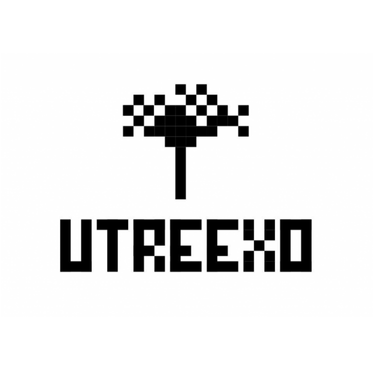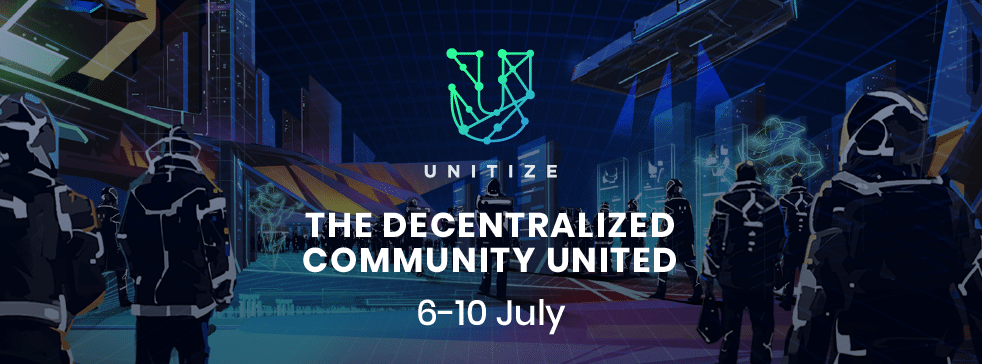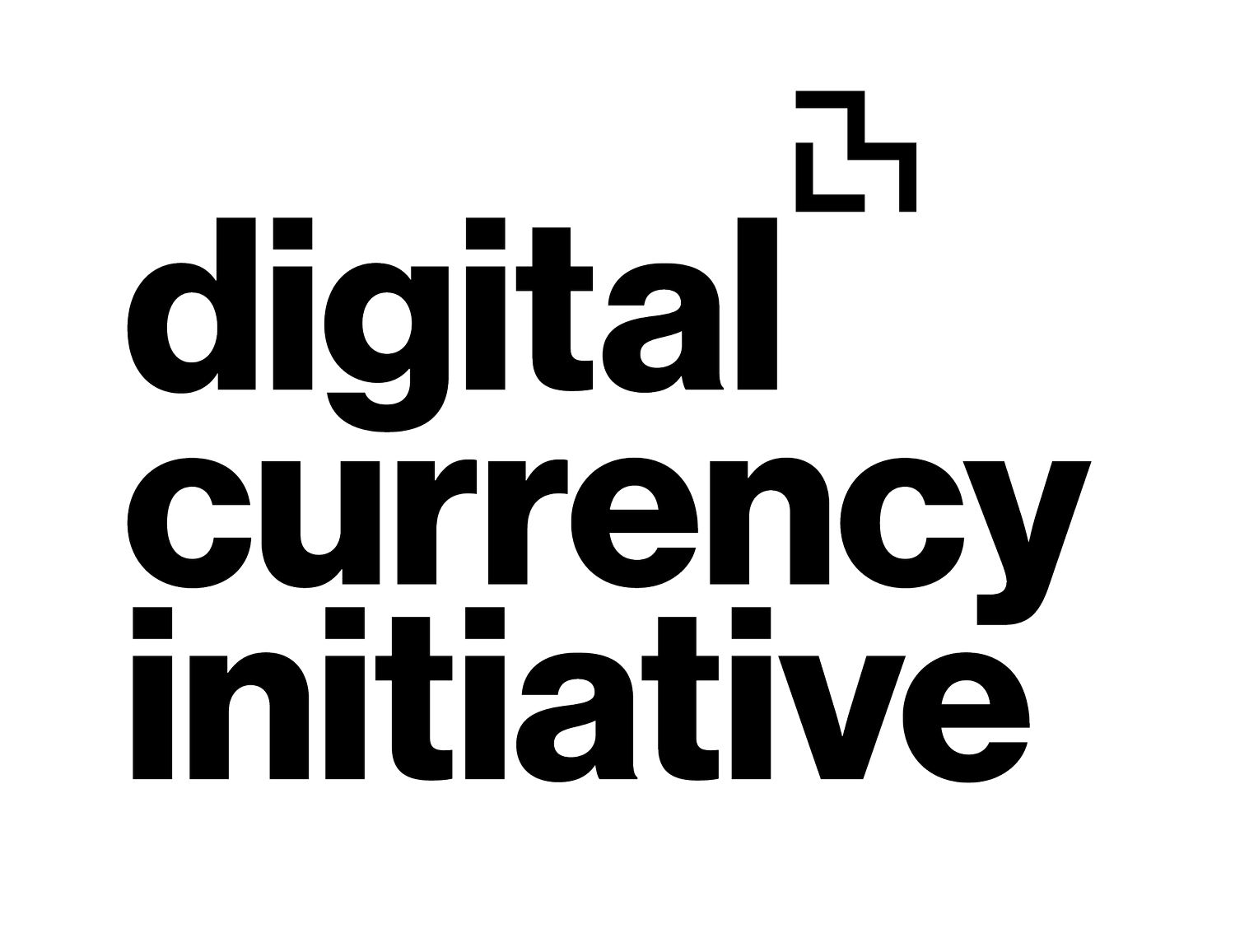
"The Federal Reserve Is Experimenting With a Digital Dollar" reports Nikhelish De of Coindesk
The U.S. Federal Reserve is actively investigating distributed ledger technologies and how they might be used for digitizing the dollar.
Federal Reserve Board Governor Lael Brainard said the U.S. central bank has been testing DLT over the past several years to study what a digital currency might do to the existing payments ecosystem, monetary policy, financial stability and the banking sector.
“With these important issues in mind, the Federal Reserve is active in conducting research and experimentation related to distributed ledger technologies and the potential use cases for digital currencies,” Brainard said Thursday at the Federal Reserve Bank of San Francisco’s Innovation Office Hours…

"Boston’s Federal Reserve Bank and MIT to Tackle Digital Currency Research" by Cointelegraph
The Federal Reserve Bank of Boston has entered into a partnership with the Massachusetts Institute of Technology to better understand the concept of digital currencies.
The bank will work with MIT researchers on a multiyear project to develop and test the use cases of a “hypothetical” central bank digital currency (CBDC), said Fed Governor Lael Brainard during her speech at the Federal Reserve Bank of San Francisco.

"Boston Fed, MIT partner on central bank digital currency research project" by Mike McSweeney for The Block
The Federal Reserve Bank of Boston and the Massachusetts Institute of Technology are partnering on a research effort focused on central bank digital currencies (CBDC).
Federal Reserve governor Lael Brainard spoke about the initiative during an appearance Thursday. In her remarks, Brainard touched on a variety of points around the subject of CBDC and then highlighted the work between the Boston Fed and MIT. Notably, Brainard said that any code developed as part of the initiative would be made public "for anyone to use for experimentation."

Pool Detective Lead Gert-Jaap Released a New Research Description for Pool Detective : "Who is Monitoring Mining Pools?"
One of our goals at the Digital Currency Initiative is to harden the security of cryptocurrency networks. Most users of cryptocurrency take the actual network protocol and all of its implementation — mining, pools, validation, messaging, and more — for granted, and aren’t necessarily aware of all the ways these mechanisms might be attacked or fail. For example, though mining pools are a huge part of Bitcoin’s network security, there isn’t any available public monitoring to make sure that mining pools are well-behaved. There isn’t even a standard way to look at what pool operators are doing or infrastructure to keep tabs on pool operators.
MIT DCI Collaborating With the Federal Reserve Bank of Boston to Build a Hypothetical Digital Currency
DCI will be collaborating with the Federal Reserve Bank of Boston to build a hypothetical digital currency. We are hiring a software engineer and there will also be opportunities for MIT UROPs and graduate researchers.

"MIT Lightning Creator Unveils First ‘Demonstration’ of Bitcoin Scaling Tech" by Coindesk discussing Utreexo
An article by Alyssa Hertig published on July 28th, 2020. coindesk.com
“The infrastructure propping up Bitcoin might become easier for anyone to spin up and run.
Lightning creator Tadge Dryja has been working on a new design for a lighter weight Bitcoin full node, about which he first wrote a paper in 2019. Last week, he and a team of coders released a first version of the Utreexo software as a part of MIT Digital Currency Initiative (DCI), putting the idea of lighter nodes into working code.

Tadge Dryja Releases Utreexo's First Demonstration
DCI Research Scientist Tadge Dryja released the Utreexo Demonstration today through a Medium post.
“I’m excited to announce the release of the first demonstration of Utreexo. Utreexo is a new scalability technology for Bitcoin, which can make Bitcoin nodes smaller and faster while keeping the same security and privacy as full nodes.”

MIT DCI response to Bank of England CBDC discussion paper
The Bank of England released a Central Bank Digital Currency (CBDC) Discussion Paper on March 12th, 2020. The DCI curated a response, led by Rob Ali, which explored topics in the paper (June 12th, 2020)

Cointelegraph covers James Lovejoy's Presentation at CESC 20': "MIT Crypto Group Researcher Says PoW Attacks Not Always Obvious"
DCI James Lovejoy and Gert-Jaap Glasbergen presented during this past weeks Crypto Economic Security Conference: Unitize Online Event July 6-10th, 2020. Their Proof-of-Work presentation combines Gert-Jaap’s work on Pool Detective and James’s work on 51% Attacks.

DCI Team Members Presented at the Crypto Economic Security Conference: Unitize Online Event July 6-10th, 2020
Many DCI Team members presented at the Crypto Economics Security Conference: Unitize Online Event July 6-10th, 2020.
View their presentations here


Bitcoin Magazine Netherlands Podcast: Gert-Jaap Glasbergen was interviewed on the new security project "Pool Detective"
Gert-Jaap was interviewed by Bitcoin Magazine NL about the new security project “Pool Detective”. Listen to the full podcast to learn more. Podcast is in Dutch.

Digital Currency Initiative's Livestream Series - Episode 2: Proof-of-Work
Director Neha, Software Developer Gert-Jaap, Phd student Daniel M. (Harvard) and recent MIT DCI MEng Graduate James discuss Proof-of-Work; and the Digital Currency Initiative’s recent projects around Proof-of-Work. Including Monitoring Pool Mining (Gert-Jaap), Double Spend Attacks (Daniel M. and Neha) and 51% Attacks (James).

Digital Currency Initiative's First Livestream in Upcoming Series
Here is the first livestream in a new series from the Digital Currency Initiative. During this episode, meet some of our team and find out more about the DCI and what we do.
A Lower Bound for Byzantine Agreement and Consensus for Adaptive Adversaries using VDFs
Abstract:
Large scale cryptocurrencies require the participation of millions of participants and support economic activity of billions of dollars, which has led to new lines of work in binary Byzantine Agreement (BBA) and consensus. The new work aims to achieve communication-efficiency---given such a large n, not everyone can speak during the protocol. Several protocols have achieved consensus with communication-efficiency, even under an adaptive adversary, but they require additional strong assumptions---proof-of-work, memory-erasure, etc. All of these protocols use multicast: every honest replica multicasts messages to all other replicas. Under this model, we provide a new communication-efficient consensus protocol using Verifiable Delay Functions (VDFs) that is secure against adaptive adversaries and does not require the same strong assumptions present in other protocols.

Reorgs on Bitcoin Gold: Counterattacks in the wild - Medium Post by James Lovejoy
The economic security of Bitcoin and other proof-of-work cryptocurrencies relies on how expensive it is to rewrite the blockchain. If a 51% attack were economically feasible, an attacker could send a transaction to a victim, launch the attack, and then double spend the same coins back to themselves. Satoshi Nakamoto assumed that this would not occur because a majority of miners would find it more lucrative to honestly follow the protocol than to attack the chain, the source of their own mining revenues.

"What actually happens during a bitcoin halving? Technically speaking, not much", The Block Interviews DCI's Tadge Dryja
Quick Take
Bitcoin’s third-ever block halving is set to take place next month
But from a network perspective, what exactly happens?
The cryptocurrency world is abuzz with speculation about the potential impact of next month's bitcoin halving, when for the third time in the network's history, the reward for mining a block will be divided by two.
ClockWork: An Exchange Protocol for Proofs of Non Front-Running by DCI Co-op Dan Cline with Tadge Dryja and Neha Narula of the DCI
Abstract:
Exchanges are critical for providing liquidity and price transparency to markets, but electronic exchanges sometimes front run their users: because the exchange is in a privileged position, it can observe incoming orders and insert its own orders or alter execution to profit, if undetected, risk-free. There are cryptographic schemes to address front-running, but they either require an assumption of non-collusion or do not definitively prevent it, and none can provide the exchange with useful evidence of good behavior: a transcript the exchange can show to an offline entity, like a potential new customer or a regulator, to prove that it is not front running.
